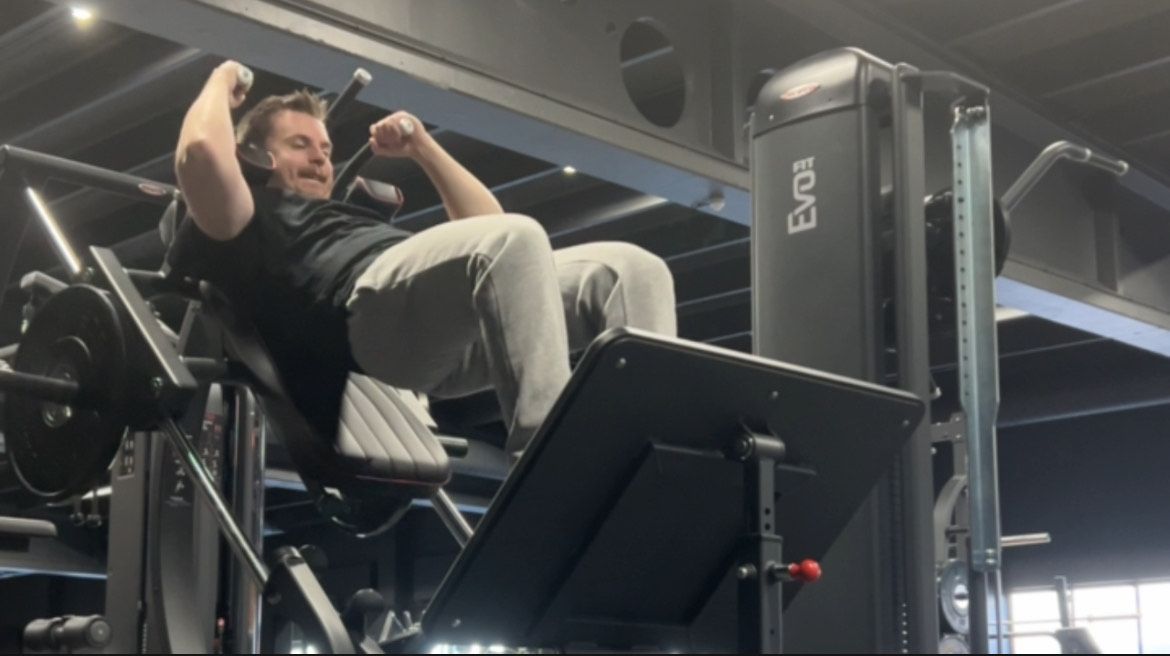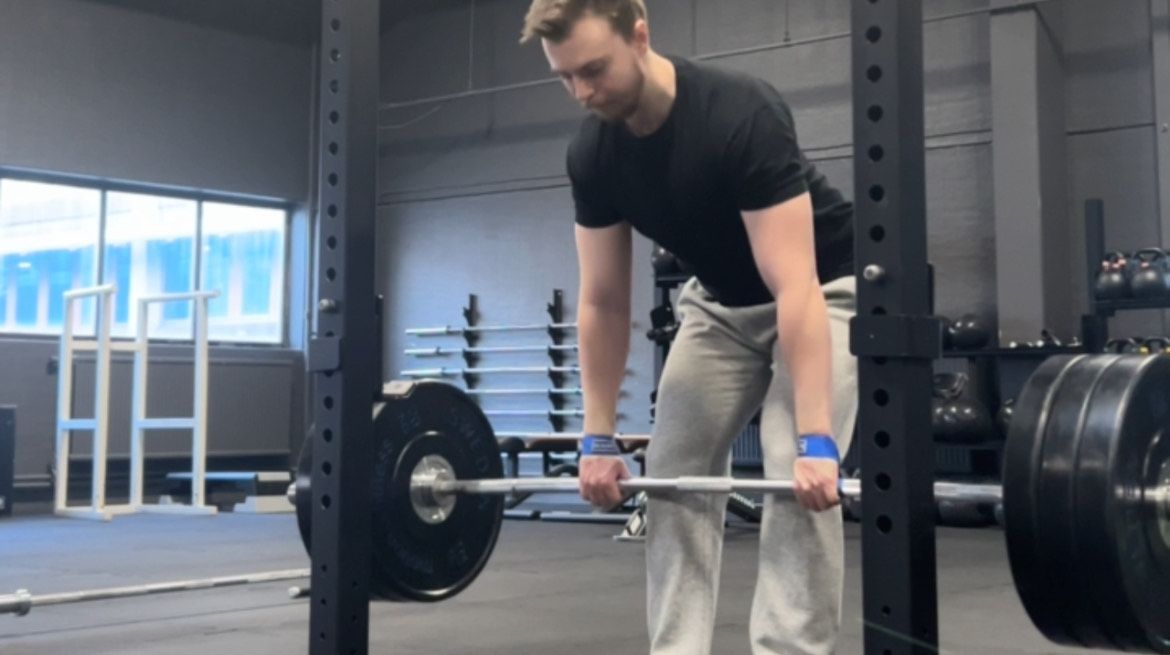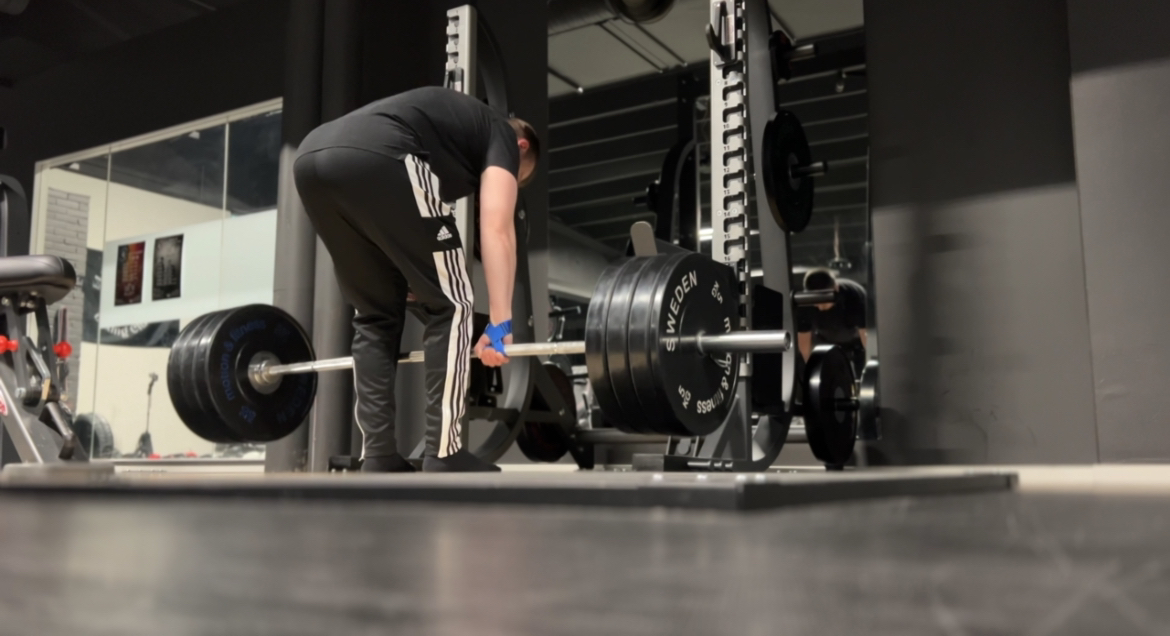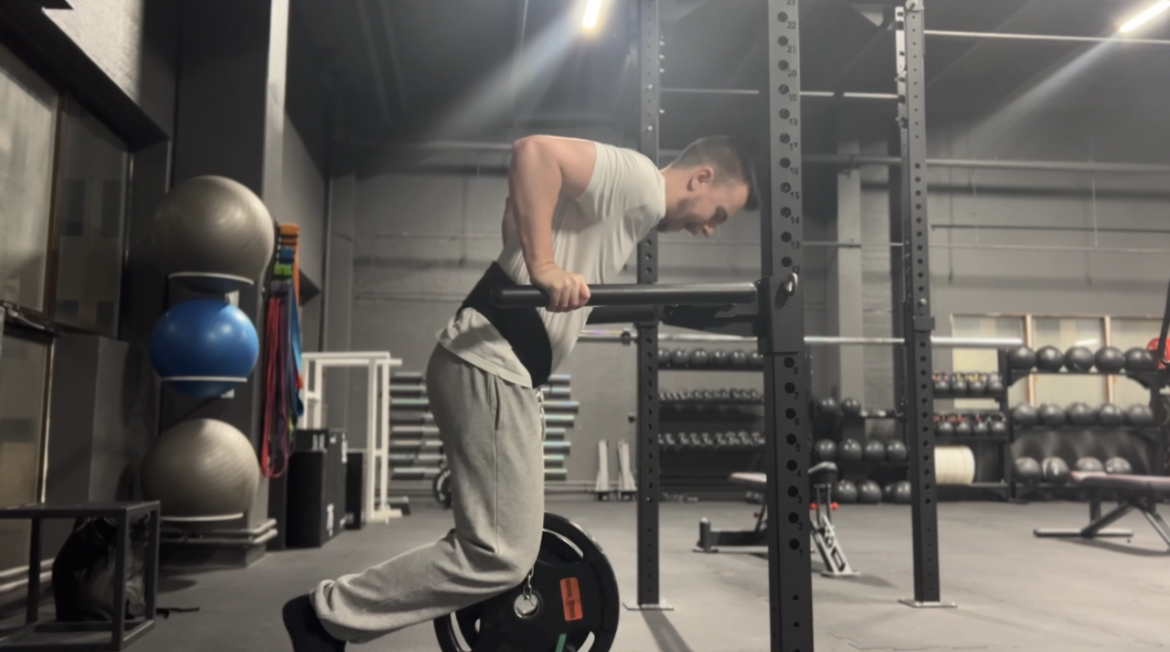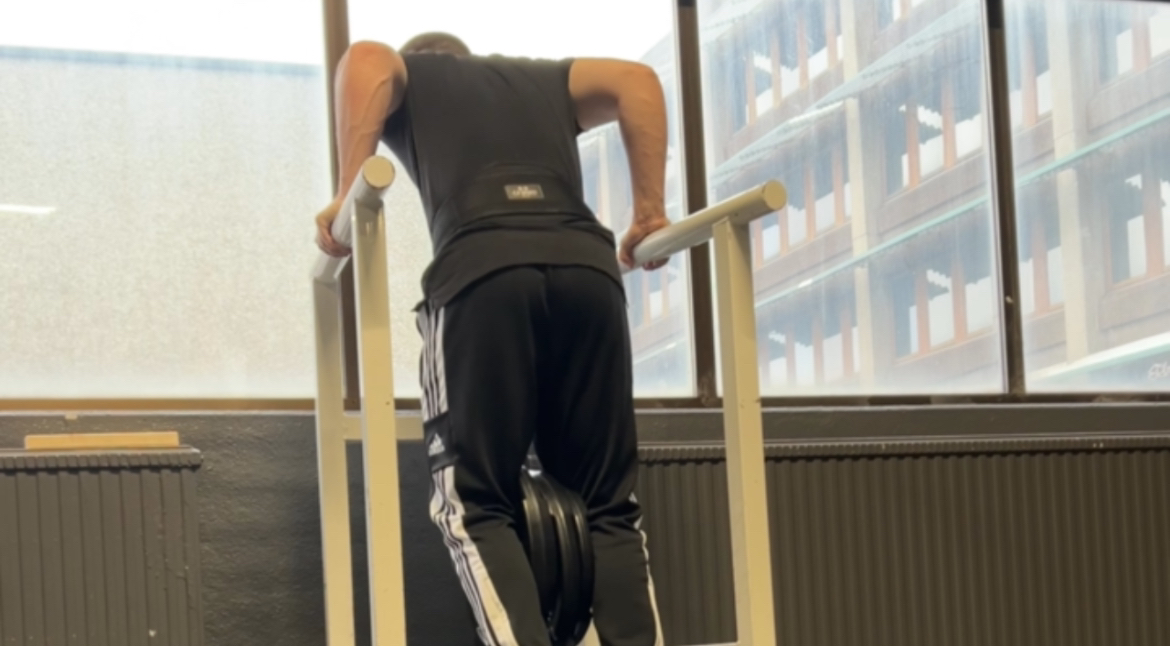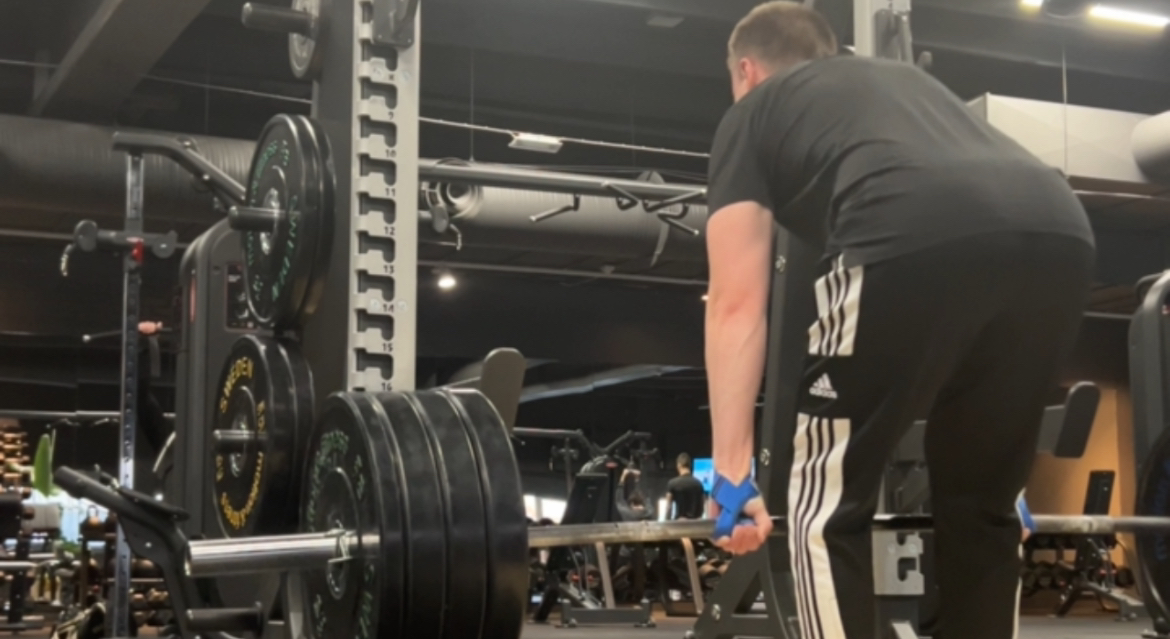Pause reps
Should you do pause reps?
The Benefits of Implementing Pause Reps in Your Workout Program
When it comes to strength training, variety in technique can be a game-changer for muscle growth and performance. One of the most effective yet often overlooked methods to maximize results is the use of pause reps. This technique involves pausing at specific points during a lift, typically at the hardest part of the movement, to increase muscle tension, control, and overall strength. Below, we explore the key benefits of incorporating pause reps into your workout routine and how they can elevate your training to new levels.
1. Enhanced Muscle Activation and Time Under Tension
Pause reps increase the time your muscles are under tension, which is a critical factor for muscle growth. The pause forces you to control the weight at challenging points in the movement, ensuring that your muscles remain engaged throughout. This extra time under tension can lead to greater muscle fiber recruitment, making each rep more effective than traditional, faster repetitions.
For example, in a bench press, pausing at the bottom position (just before pressing up) requires your chest, shoulders, and triceps to work harder to stabilize and push the weight back up. Over time, this increased muscle engagement translates to improved strength and hypertrophy.
2. Improved Technique and Control
Pausing during lifts helps refine your technique by forcing you to maintain control and proper form at challenging points in the movement. For example, in squats, pausing at the bottom position ensures you are not relying on momentum to complete the lift, but rather engaging your muscles correctly to lift the weight with proper alignment.
This improved body awareness and control can reduce the risk of injury and reinforce good habits that carry over to your standard repetitions, improving your overall lifting mechanics.
3. Increased Strength in Sticking Points
Sticking points are areas in a lift where many people struggle to complete the movement, often due to mechanical disadvantages or weaker muscle groups. Pause reps allow you to target these specific points by holding the position where you are weakest, giving you time to focus on overcoming that challenge.
For example, if you struggle with the bottom portion of a squat, incorporating pause reps at this point can help strengthen your legs and core in that position, eventually helping you to break through plateaus.
4. Improved Focus and Mind-Muscle Connection
The deliberate nature of pause reps encourages better focus and a stronger mind-muscle connection. When pausing at a specific point in the lift, you become acutely aware of which muscles are working, how the weight feels, and whether your form is correct. This awareness can translate to more effective workouts overall, as you learn to activate the right muscles for each movement and execute with precision.
Improving your mind-muscle connection has been shown to enhance muscle activation, making your workouts more efficient and helping you progress more rapidly toward your goals.
5. Greater Endurance and Mental Toughness
Holding a heavy weight in a paused position is both physically and mentally demanding. Incorporating pause reps into your routine builds muscular endurance by teaching your body to remain strong under sustained tension. Additionally, pausing at challenging points requires mental resilience, as the temptation to give up during these moments is strong.
Over time, regularly pushing through these mental barriers can help you develop a greater sense of discipline and confidence, both in the gym and in other aspects of life.
6. Versatility Across Different Lifts
One of the greatest benefits of pause reps is their versatility. They can be used across a variety of exercises, from compound movements like squats, deadlifts, and bench presses to more isolated exercises like bicep curls or shoulder presses. This flexibility allows you to integrate pause reps into your program regardless of your current fitness level or goals.
For beginners, pause reps can serve as a tool to slow down movements and focus on mastering form. For advanced lifters, they can be a powerful way to break through plateaus and challenge muscles in new ways.
How to Implement Pause Reps in Your Program
When adding pause reps to your workout routine, start by incorporating them into one or two exercises per session. Choose a point in the lift where you typically struggle or where the muscle is under the most tension. Hold the pause for 2-3 seconds, and focus on maintaining control and proper form throughout.
Since pause reps increase time under tension, they can be more taxing on your muscles, so adjust your weights accordingly. Begin with lighter weights than you would use for traditional reps, and gradually increase as you become more comfortable with the technique.
Conclusion
Pause reps are an invaluable tool for anyone looking to improve their strength, muscle growth, and overall performance. By increasing time under tension, enhancing focus and control, and targeting specific sticking points, pause reps can elevate your training and help you achieve better results in less time. Whether you're a beginner or an experienced lifter, incorporating pause reps into your routine can be a game-changing strategy for long-term success.



